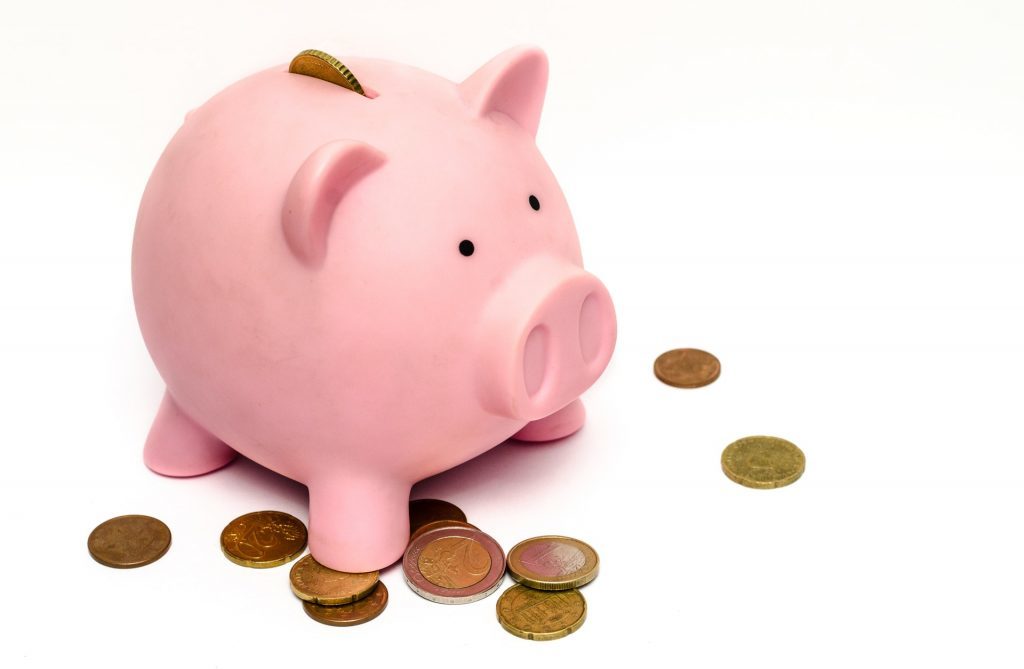You may say I’m odd, but my favorite part of the day is when I get to scroll through my personal email and browse the new sales and promotions sent to me from my favorite stores. Although I am only one subscriber out of thousands, today’s technology has enabled companies to send more and more personalized emails. You left a pair of shoes in your cart to think about it? You receive an email reminding you about your cart the following day. Or better yet, they offer incentives like free shipping or $5 off. Maybe you browsed sweaters – you then receive an email telling you to “check out these sweaters you might like” the following week.
In today’s competitive landscape, simply meeting a customer’s expectations is no longer enough, retailers and brands are on the constant lookout to go above and beyond to increase customer satisfaction. But why is customer satisfaction so important after the point of purchase? Well, achieving above average customer satisfaction can create a point of differentiation, it can lead the customer to buy again, and create valuable customer loyalty in the long run.
Businesses thrive on loyal customers, in fact according to the Pareto principle, 20% of existing customers will account for 80% of a company’s future profits. This is because loyal customers tend to make more purchases, are willing to spend more, and are also willing to try different products since they have established trust with the retailer already.
Customer satisfaction is made up of many factors, including customer service, the atmosphere, and price and promotions, to name a few. Today I’ll be diving more into how retailers can leverage price and promotions to improve customer satisfaction.
Pricing
Price is one of the biggest factors that can affect a customer’s satisfaction. Pricing is complex and has many components, but it is important to keep psychological pricing in mind. Sometimes customers aren’t looking for the cheapest products, because a low price can be associated with low quality. For example, a $1 cup of coffee can be perceived as lower quality in comparison to a $5 Starbucks drink. The higher cost is associated with higher quality and value provided, such as friendly customer service along with your coffee.
To determine price, it is important to benchmark against the competition to understand the industry standards and fluctuations. Furthermore, by measuring the price elasticity of demand you can gain insights on how much the quantity demanded changes with a shift in price. The trick is to test pricing strategies to find the sweet spot that maximizes sales and margins at the highest price consumers are willing to pay. This can ensure the customer is happy with their purchase and the value they received for the price which can increase customer satisfaction.
Promotions
Promotions are another big factor that affect customer satisfaction. A survey from RetailMeNot showed that coupons can affect brain chemistry and can make customers happier. The research concluded that an online shopper who received a $10 coupon was 11 percent happier, and had 38 percent higher oxytocin levels than those who didn’t get a discount. Providing the occasional discount can chemically make a customer happier, resulting in a more satisfied customer, who may spend more in the future and can become a loyal shopper.

Additionally, personalized promotions can be very effective at increasing customer satisfaction. The personalization of promotions is now very easy to do with technology to track customer preferences and history. Companies can leverage historical promotions and sales data to see which discounts resonate most with customers on what products and when. By providing personalized promotions based on past actions, customers feel important and catered to, and are more likely to follow through with purchases, which can decrease cart abandonment rates.
It’s also important to analyze category trends to promote hot products in a timely manner when customers want it the most. For example, there is currently a surge in athleisure products that are being sold across major retailers. Retailers can maximize ROI on promotions through promotional analytics that can provide insights to predict customer behavior. This is a useful tool to deliver compelling promotions to boost sales, profits, and ultimately customer satisfaction.
Promotional analytics can be a helpful in many aspects. It can be used to determine the best time to start a holiday campaign, or a back-to-school sale based on what competitors have done in past years. Even more in depth, it can uncover what promotions competitors are offering and on what specific platform. Such as 20% off advertised on their website, or free shipping for purchases over $50 shared via email. Knowing valuable competitive promotional insights can ensure you have more competitive and compelling promotions that customers will find appealing and make them happy to be your customer.
Conclusion
Customer satisfaction is based on various factors, pricing and promotions are just a piece of the puzzle. Optimizing pricing and promotions can be a win-win situation by boosting sales and creating loyal, happy customers. Successfully pricing products or services will create happy customers that are content with their purchase and the amount paid for the value received, making them more excited to return to shop with you again. Furthermore, providing personalized and relevant promotions can lead your customers to feel important and catered to, causing customer satisfaction to increase.
Contributing Writer: Patricia Montenegro















